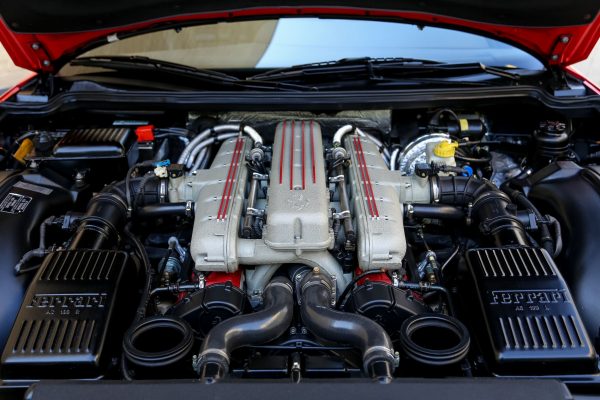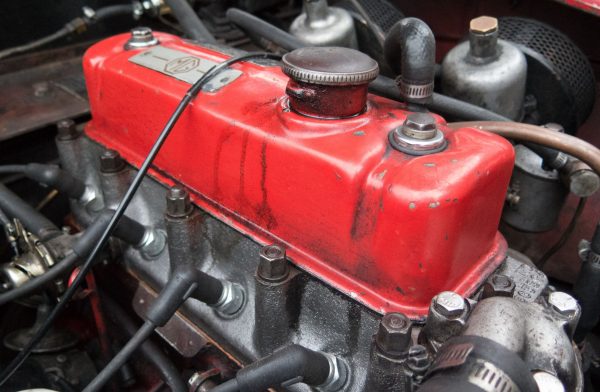You try starting your car and the engine turns over but it won’t fire into life. There’s obviously no problem with the battery (but there will be soon if it doesn’t start). You might have flooded the engine, especially if the last time you used your car you started it, moved it a few metres then turned it off again.
It’s quite a common thing to do – we park it to wash it, then we move it a few metres into the garage or in our driveway; or we move it into the shade or a better parking position.
Flooding an engine isn’t anything to do with water, it’s about how much fuel is introduced into the engine that is left unburnt. It’s easy to flood an engine with carburettors, and less easy to do it with modern fuel injected engines. However, if the temperature is very cold or very hot, it can happen.

If your engine looks like this, you can probably afford someone to fix it for you
How to solve a flooded engine: getting it started
Letting the engine turn over actually can make the flooding worse and if you introduce too much petrol into the cylinders it can seep into the oil. Don’t pump the accelerator as this makes it even worse. When the engine is flooded the petrol wets the ends of the spark plugs (‘fouls’ them) and they struggle to ignite the fuel.
Three options for starting a flooded engine
- Try starting the engine with your foot flat to the floor. Most modern car computer systems will take this to mean that the engine is flooded and they will manage the air/fuel ratio to try to get the engine started. It could take 10-15 seconds for the engine to fire into life, which is why it’s important that you haven’t drained the battery too much. When it does fire into life it will splutter and threaten to stop again for a little while until the air/fuel balance normalises. It works because it lets extra air into the cylinders. If this doesn’t work, move onto option two.
- If the spark plugs haven’t been too badly fouled then the petrol might evaporate if you leave it sitting for a while.
- The final solution is to take your spark plugs out. This is easy on some cars, and a nightmare on others (especially boxer-engined cars where the spark plugs face sideways). You’ll need a socket set to extract the spark plugs. Once they’re out, you’ll need a can of spark plug cleaner or, if they’re too far gone, you might need to replace the plugs.

You can see the four spark plugs on the bottom right with the black leads connected to them. Take the leads off and you’ll be able to use a socket wrench to take out the spark plugs
How to stop engine flooding happening
If you just need to move your car a few metres, let it idle for a minute or so before you shut it off and this will give the engine enough time to restore the balance between air and fuel.
